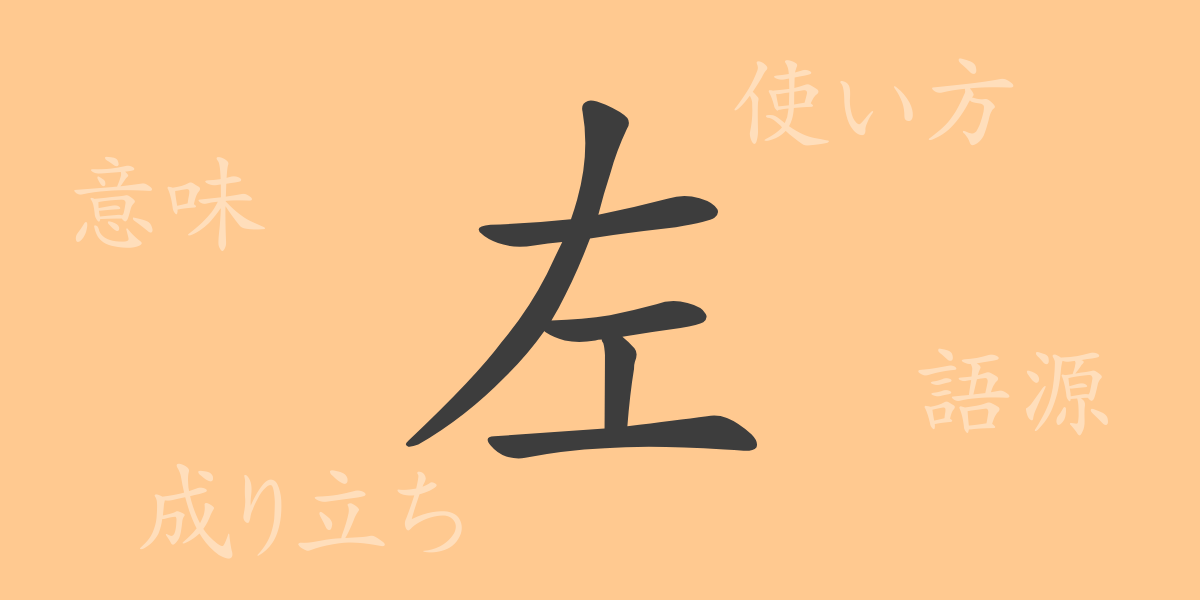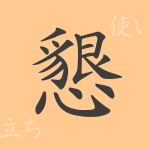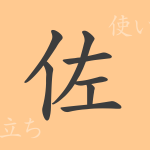In the Japanese writing system, kanji are one of the core elements of communication. Among these, the kanji “左(ひだり)” is frequently used in daily life and carries a deep historical and cultural background. This article provides a detailed explanation of the kanji “左(ひだり),” covering its origins, meanings, uses, readings, stroke count, and radicals. Additionally, it explores idioms and proverbs that include “左(ひだり),” revealing its charm and significance.
Origins of 左(ひだり)
The origin of the kanji “左(ひだり)” is ancient, with its roots traceable to oracle bone script. Originally, it was depicted as an ideogram meaning “holding meat in the left hand.” This representation gradually became abstracted into its current form. In ancient China, the left side was considered a position of honor, so “左(ひだり)” not only indicated direction but also symbolized respect and importance.
Meaning and Usage of 左(ひだり)
While “左(ひだり)” is primarily used to indicate direction, it also conveys various nuances in different contexts. For example, in political discourse, “左翼(さよく, left wing)” refers to progressive or socialist positions. Additionally, “左遷(させん)” means a demotion or undesirable transfer, indicating a drop in job status or rank.
Readings, Stroke Count, and Radical of 左(ひだり)
The kanji “左(ひだり)” is fundamental in Japanese, and understanding its readings and structure is essential for Japanese learners.
- Readings: The on’yomi (音読み) is “サ(sa),” and the kun’yomi (訓読み) is “ひだり(hidari).”
- Stroke count: “左(ひだり)” is composed of 5 strokes.
- Radical: The radical is “にんべん(亻),” the person radical.
Idioms, Phrases, and Proverbs Using 左(ひだり)
Japanese has a rich array of idioms, phrases, and proverbs that include “左(ひだり).” For instance, “左右(さゆう)” means both sides or to influence. “左様なら(さようなら)” is used as a farewell greeting. The proverb “左手で描いた龍(ひだりてでかいたりゅう)” refers to someone clumsy, especially left-handed individuals. These expressions reflect the richness of Japanese language and cultural background.
Conclusion on 左(ひだり)
The kanji “左(ひだり)” has a surprisingly diverse range of meanings and uses beyond its simple form, playing an essential role in Japanese. From indicating direction to expressing social and cultural concepts, “左(ひだり)” symbolizes the depth of the language and the wisdom of its users. Understanding this kanji’s multiple facets offers insight into the intricacies and richness of Japanese communication.

























